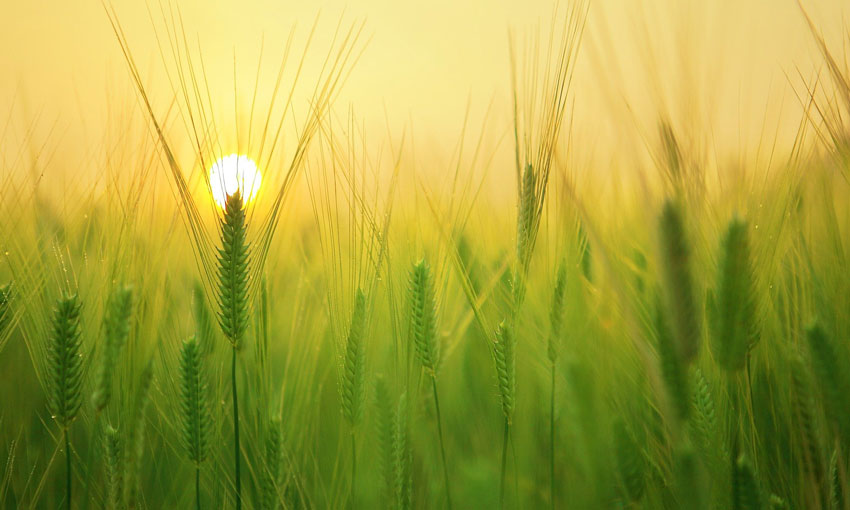AUSTRALIAN agricultural production is on track for a record-breaking year, with an expected farmgate value of $65.9 billion helping to drive the nation’s recovery.
ABARES figures released today at the virtual Outlook 2021 conference reveal the industry is both defying a pandemic and seeing off the effects of consecutive poor seasons.
Minister for Agriculture, Drought and Emergency Management David Littleproud said ABARES figures released today confirm the sector’s extraordinary turnaround from drought.
“This is an astounding result and testament to our farmers’ hard work, resilience and ability to adapt quickly to a pandemic,” Mr Littleproud said.
“I’ve always said agriculture will lead Australia’s recovery out of COVID-19 and our farmers are on the frontline. They have responded big time and now we’re seeing the results, with a near record winter crop harvest, strong meat prices and higher farm incomes.”
He said this year is forecast to be an outstanding year for Australian agriculture, with an expected 8% lift in production value on last year on the back of a near record winter crop of 55.2 million tonnes.
ABARES acting executive director Jared Greenville said Australia’s second largest winter crop of 55.2 million tonnes has catalysed the growth in agricultural production.
“Combined with favourable conditions and continued strong meat prices, the short-term outlook is very positive, with the average national farm income projected to increase by 18 per cent to $184,000 a farm.”
Exports are forecast to fall 4% to $46 billion in the current financial year. This will be the third consecutive year of falling export earnings. This is mostly due to lower livestock and livestock product exports as herd and flock rebuilding leads to lower slaughter and meat production. However, the value of crop exports is forecast to increase sharply in line with record production, up 12% to $24 billion.
The medium to longer term outlook is less clear, according to Dr Greenville.
“While the sector has demonstrated resilience and the ability to adapt to COVID-19, other challenges remain,” he said.
“Shifting trade, along with macroeconomic and production uncertainties, will provide the backdrop for what we expect to be a more difficult environment in which to grow production and trade value.
“But over the longer term, we cannot forget that the fundamentals remain strong – middle income growth, urbanisation, population growth – will all be positive forces shaping sector fortunes.
“What will be important is creating the conditions to maximise the sector’s growth and contribution to the economy.
“Innovating and meeting consumer expectations around what we produce and how we do it, along with ensuring our export systems are efficient and reward producers for the quality of their product, will all be important in growing value in an uncertain future.”

